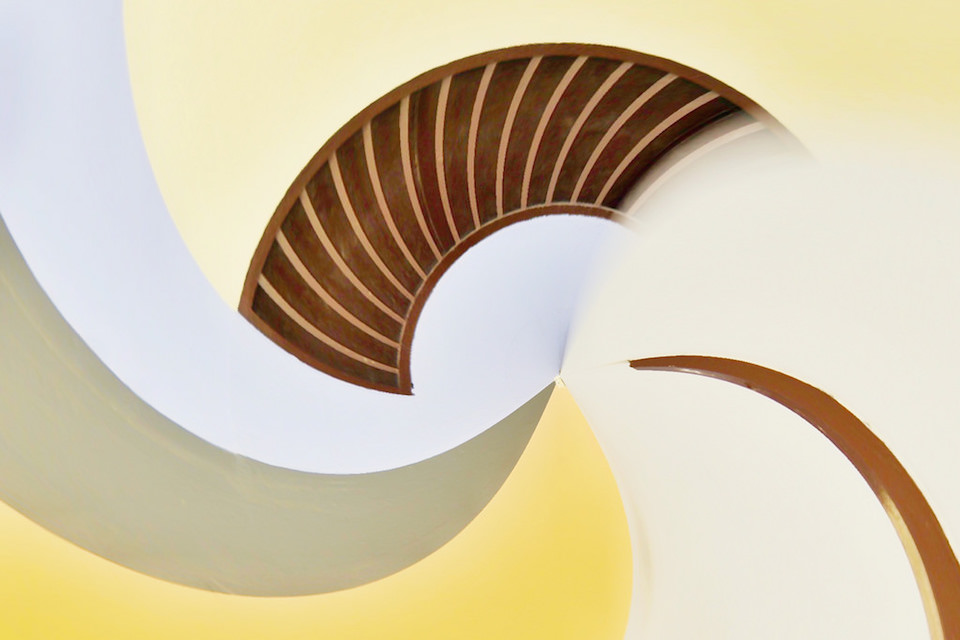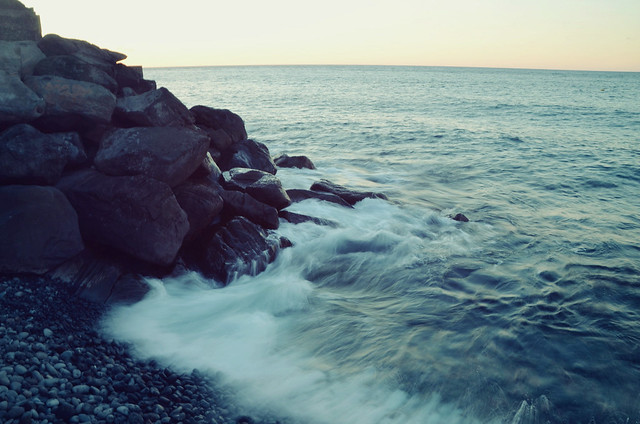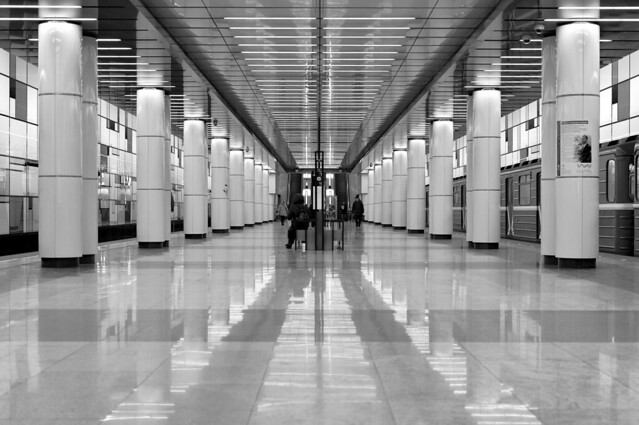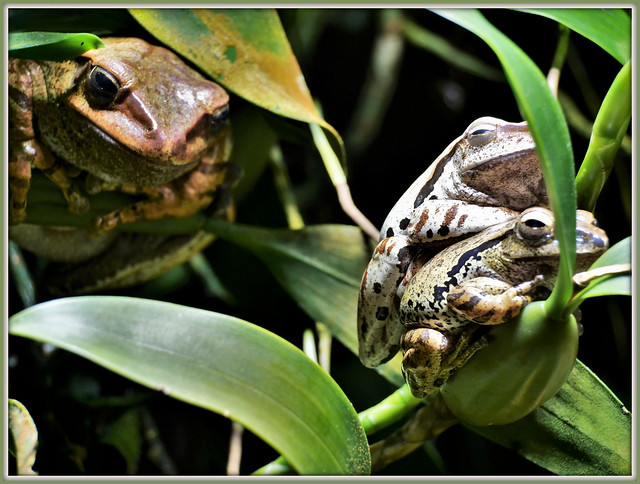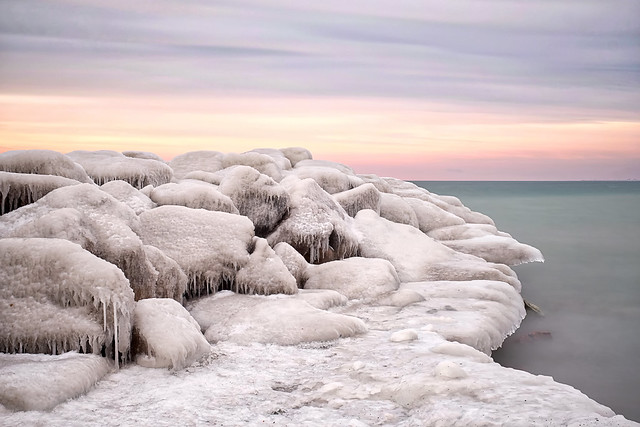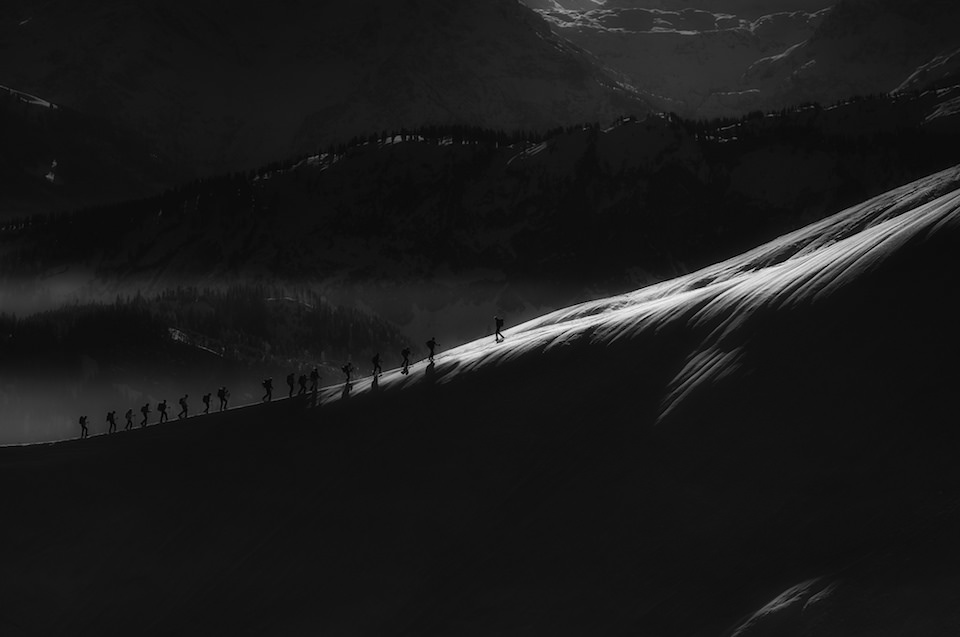How The Beauty of Geometry and Symmetry Can Enhance Your Compositions
Geometry and symmetry do not sound like photographic techniques, more the sort of thing you would learn from a maths book.
Mathematical they might be, but they are also beautiful, powerful compositional tools that can make images really stand out from the crowd. Symmetry and geometry are two techniques that work well on their own and perhaps even better when combined.
Today we are going to take a look at these two powerhouse compositional tools.
What Are Geometry and Symmetry?
Let's start with symmetry in photography. Symmetry is created when either the top and bottom, left, right or diagonals are mirror images of each other. Symmetry by its very definition requires you to think outside of the “rule of thirds”. Even to a seasoned photographer, it can feel unnatural to use a center-point to define your composition. Although symmetry occurs in nature, it is much more visible in the man-made world.

Symmetry is all around us in the man mad word. By Bill Morrow
Geometry is the science of shapes. Square, triangles lines, and circles are all geometrical elements that we can use in photography. We can use hard edged geometrical shapes to create bold imagery or more subtle “soft edged” geometry to define or aid a composition.
Both symmetry and geometry do not have to be confined to the physical. Light and shade can also contain geometrical shapes and display symmetry.
Learning To See And Use Geometry And Symmetry.
Starting off with symmetry. Great symmetrical composition often occurs when we have a subject that is placed dead centre of two identical objects. This might be a person walking up a straight flight of steps or even just the infinity point of a long straight tunnel.
If our symmetry is based on objects to the left and right of frame, the composition very often works better if we place our subject on either the upper or lower third of the frame. This works as a counterbalance as pure symmetry can make an image look very sterile.

Symmetry working with the rule of thirds. By Thomas Leuthard (2008-2017)
Natural symmetry might be the reflection of a beautiful landscape in the stillness of a deep water lake. Again while this might look great at first glance, you will often start to feel there is something not quite right. We can counter the symmetry by positioning a subject somewhere on the left or right third. This might be a rowing boat or even an interesting boulder, so long as we have a balance to our mirror image.
Light plays a very important factor in great geometrical composition. Hard-edged geometrical shapes are best defined by the light falling on them and the shadows that light creates. Very often hard geometry is defined by repeating identical shapes such as windows in a modern office building or multiple containers stacked in a port.
Alone these shots look visually striking but often lack a focal point with which to lead the eye. We can counter the repetitiveness by looking for an element that breaks it, such as a person leaning out of one of the office windows. By placing that person on one of the thirds we create a visual balance to the repeating pattern.

Geometry is not confined to straight lines. By josef.stuefer
The other type of geometry is soft geometry. This occurs more in natural environments and is where we use loosely defined shapes such as triangles or circles as compositional elements to our shots. It could be the natural curve of a shoreline drawing our eye to our subject or a triangular cliff face used to frame an imposing landscape.
Soft geometry can be hard to find at first. The reason for this is that our minds are hard-wired to look for hard, well-defined shapes. However, if you start to look carefully at scenes you will soon start to see soft geometry as in the case of this scene where the soft geometrical lines of shadows lead our eyes towards the boat.

Soft geometry in the form of leading lines. By Jason Row Photography
Often geometry will work hand in hand with symmetry and there is no more obvious example of this than leading lines. Leading lines are a geometric shape that in many cases split a scene into two distinct mirror images. By adding a subject on the upper third we can create a very striking image.
Symmetry and geometry are both very powerful compositional tools in their own rights. Both occur in nature and in the man-made world and when combined in one shot can lead to some fantastic imagery.
Even if you are not carrying a camera, the next time you are out, take a look at the world around you and look for examples of both
For More On These Great Compositional Elements
21 Clever Uses of Geometric Patterns in Photography – for inspiration, see these great examples of geometry
7 Tips to Spice up Your Photography Using Geometry – a great post from Marco De Groot over at Passion Passport
Advanced Composition Guide – for more on Advanced Composition, check out the guide at Photzy
Light Stalking http://ift.tt/2DZyjDH
Sourced by Time Trap Photography sharing the best photography tips, news and tricks throughout the industry. Time Trap Photography is dedicated to freezing those special moments in life that can be revisited and admired for generations to come. - Shannon Bourque
Please visit our main site for booking availability and rates.

Receive valuable industry knowledge delivered free to your email each day.




















